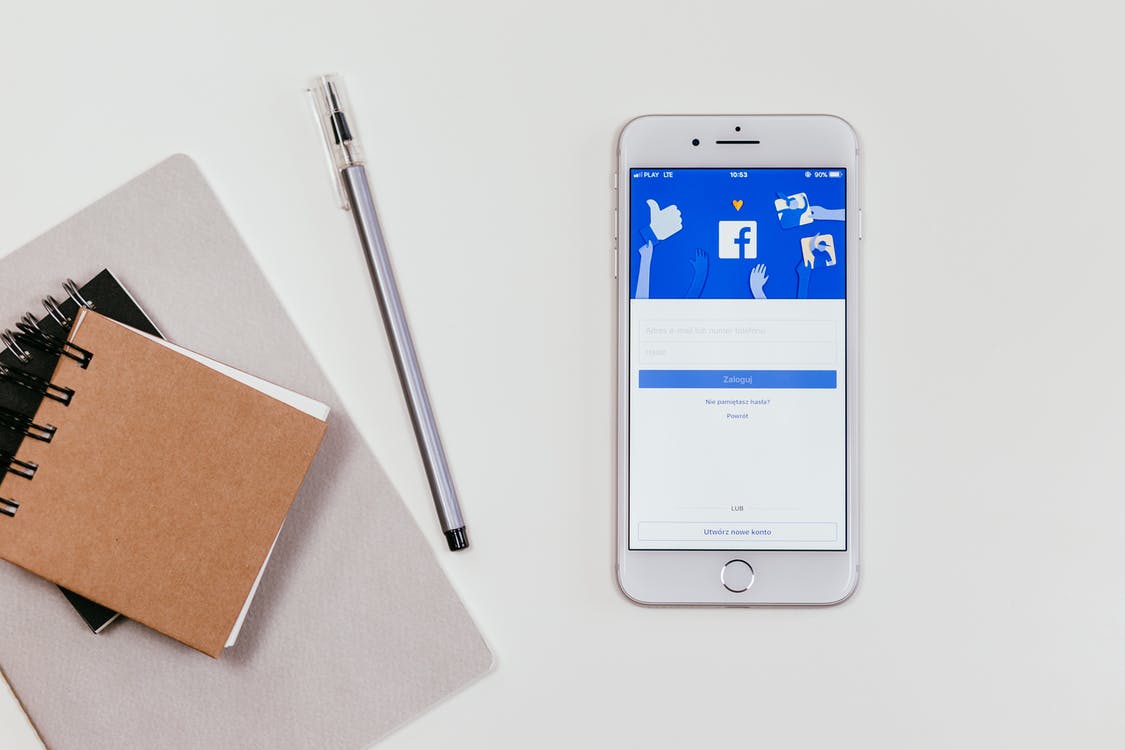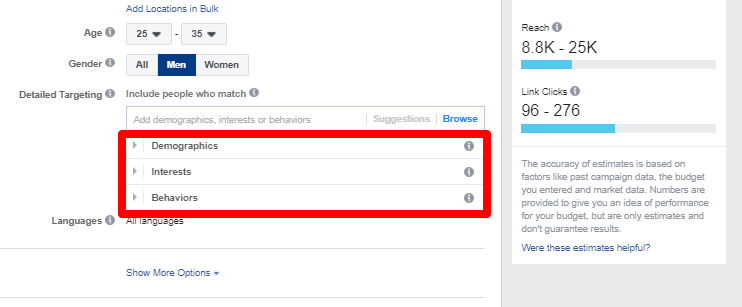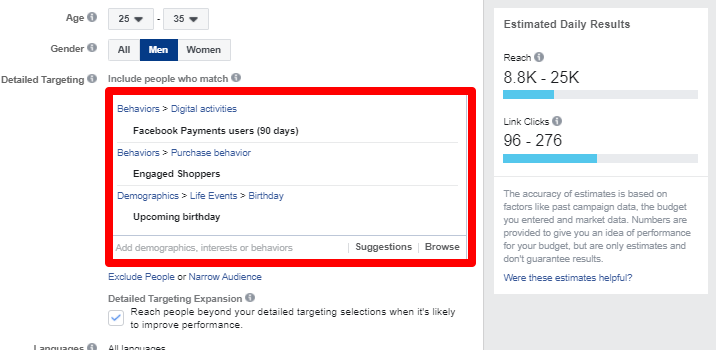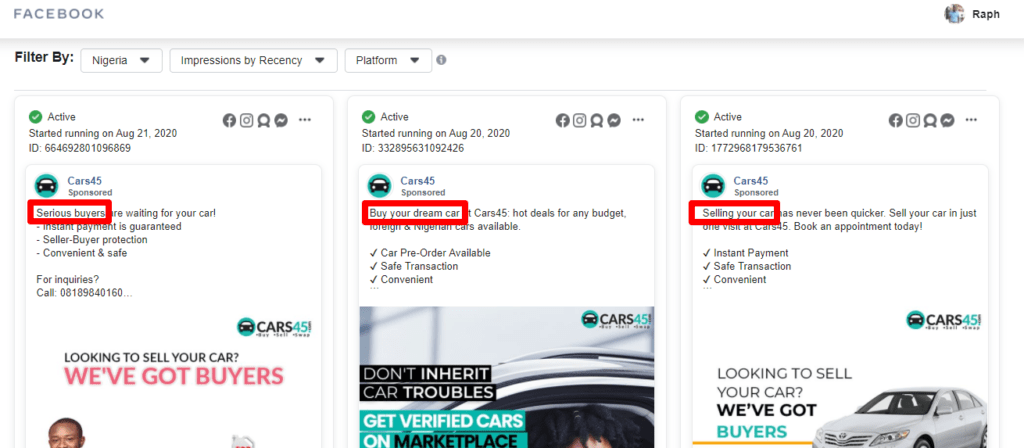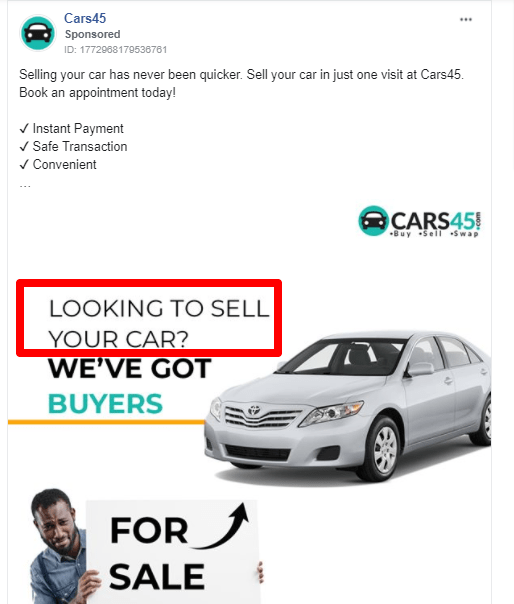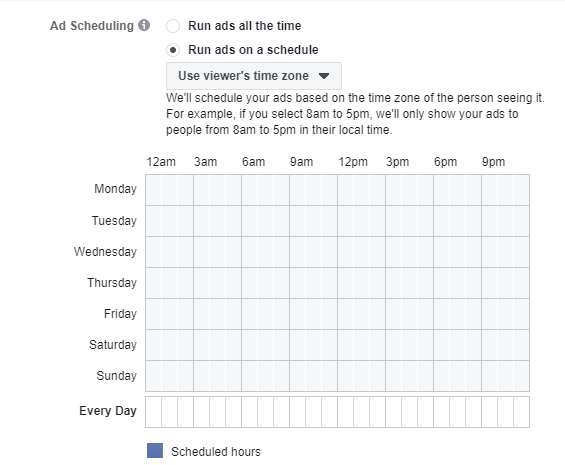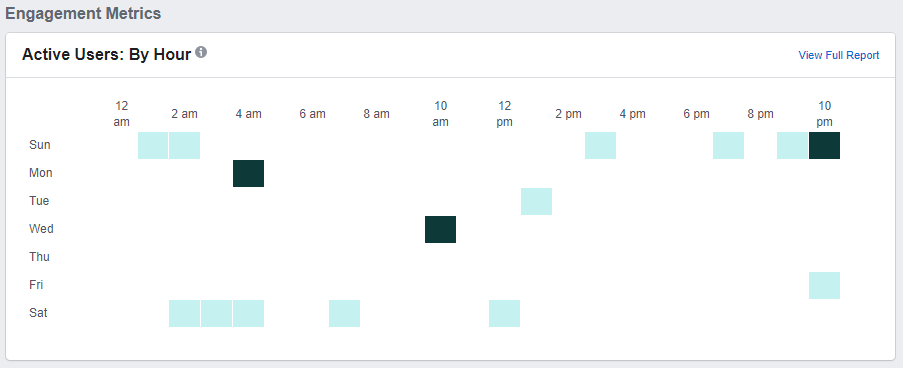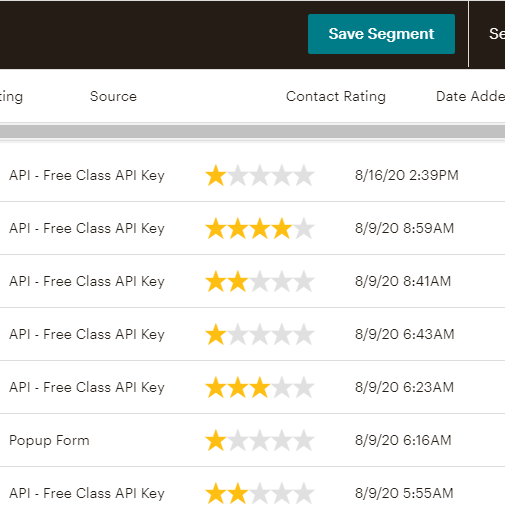The conversion of your ads on Facebook is based on how well you’ve optimized these three essential variables;
- your targeted audience
- your ads copy
- your landing page
But conversion isn’t the only good result you should look out for when running Facebook ads and optimizing your Facebook ads for conversion.
Your cost per click as well tells you how much you spend per conversion, and having a relatively low CPC for any campaign is part of the many challenges most advertisers face in advertising on Facebook.
Data from wordstream.com has pegged a profitable CPC to be $1.72 and a reasonable conversion rate to be 9.21%, this means that any result less than these numbers is considered to be a poor performing ad.
So, what are the killer hacks to improve your conversion on Facebook to meet your ad objectives?
Tip #1: Expertly Narrow Your Target Audience
With close to 1.6 billion monthly users on Facebook, the possibility of having up to 50,000 users in every business niche is 100%, this means that to serve your ads to this audience, you have to drill down your targeting till the well-defined audience gets to see your ads and convert.
This goes beyond using the basic targeting options like location, age, gender, etc.
For instance, since 2013 when Facebook made it possible for advertisers on their platform to target a quite-specific audience who have taken some recent actions on the internet, it’s been possible to target users with a past purchasing behavior, or narrowing your targeting down to users with remarkable life events, like getting engaged, or further drilling your targeting down to users with a defined job position.
This is very effective for advertisers who want to serve their ads to not just a specific audience but to a set of people who would actively take action on their ads.
While you can leave your targeting at the basic level, which are the location, age, and gender of your audience, you can make use of Facebook’s detailed targeting technique to further drill down your targeting and zero-in on a more action-defined audience.
For a small-sized fashion business, this is a typical example of how you can drill your targeting down to a specific audience with an active buying power.
While this might seem like the apex of targeting for your campaign, Facebook provides other types of targeting options designed for yet a more optimized conversion.
The custom audience targeting type, for instance, allows you to run targeted ads to your existing customers when you plan to upsell some other products to these audiences.
This targeting option is also a killer conversion hack for a new awareness stage campaign, for instance, discounts to an existing product, registration for a new event, etc.
Using Facebook ads to crush your conversion objectives goes beyond just setting up a Facebook shop and running ads directly to a landing page or the Facebook shop, once your target derails from the campaign objective then conversion becomes another challenge in your business.
Tip #2: Invest On A Rock-Solid Ads Copy
According to Microsoft, the human attention span has plunged from 12 seconds to 8 seconds as of 2020.
This shortened attention span has created a significant challenge for marketers who cut through the rumbles of the internet to make use of content marketing in advertising to their audience on Facebook.
With this new challenge, your ads copy should perform three essential functions in improving your ads conversion on Facebook; Grabbing your audience’s attention, gluing their attention to your ads copy, and compelling them to take action.
Breaking these three core objectives down into understandable bits; how do you hook your audiences’ attention and get them to stop in the middle of scrolling through their Facebook feeds to pay their 8 seconds undivided attention to your copy – and eventually click?
For your ads copy to grab attention at first glance, these two hacks work magic for top advertisers, and these practices have never gone out of style, so do these:
- Use keywords in your ads copy to draw your audience’s attention.
- Intrigue your audience with a question
While grabbing your audience’s attention is the first rule to optimizing your conversion on Facebook, it will take an informative ad copy to trigger other necessary actions like reading through and taking action.
To compel your audience into reading through your Facebook ad copy, your copy must do these:
- Show that your offer can solve the prospects’ problems.
- Focus on benefits, not features
- Make the benefits concise.
- Use a sense of urgency to eliminate procrastination.
Ad copies that contain these features have a higher chance of retaining a user’s attention, and this is an exact path to the final act, which is to click on your CTA button.
Tip #3: Optimize For Peak Hours To Hit Maximum Conversion
According to Hootsuite, a user on Facebook spends an average of 58 minutes daily on the social network, and currently, there are about 1.6 billion active users on the social network every month. But the most interesting fact comes from this, the 58 minutes per day usage on Facebook is spread across different times of the day.
What is more interesting and productive for advertisers is that you can pick the time of the day that your ads tend to perform best, and optimize for optimal performance for these set time.
But the underlying question is, how do you snipe out your conversion peak time?
There isn’t a made-on-rock strategy on how to determine your conversion peak time on Facebook ads; however, you can use these few detailed strategies and tools to get a very close look into the real data.
First, try out the Facebook inbuilt analytics tool. This tool can give you a view into your existing ads and the engagement metrics, which would consist of how your audience interacts with your ad, and most importantly, the time of the day with peak engagement.
To get the best of these engagement metrics, you must have a Facebook pixel rightly installed on your site to capture your site visitors’ behavior and give you more data to optimize your ads.
Are you using some social media posting tools? The good thing with most scheduling tools is their multi-purpose functions.
Their primary purpose is a scheduling tool for social media networks. At the same time, they offer other advanced purposes like native inbuilt analytics features that can also give you insight on your audience’s engagement rate and behavior on your ads.
Another way to find out the time of the day your ads are getting most engagements is to check your email marketing tool.
For MailChimp, you can create a segment within defined days of a period to see the date and time in which your audience opted-in on your email list.
This will guide you in scheduling your ads to perform at a prime time, and this insight is so accurate and useful if you have an existing list of subscribers on your email list.
Tip #4: Avoid Setting Your CPA And Let Your Ads Go Through And Exit A Learning Phase
While setting up your Facebook ads, instinct might trick you into setting a target big for your ads conversion, and now this is where you drop your conversion rate.
For every successful ad, the Facebook ads delivery system allows your ad to go through a learning phase, meaning that every time your ad is served to your audience, the delivery system learns the right people to show your ads to. The right time to serve your ads, creatives to use, etc., and at this stage, performance hasn’t yet stabilized or peaked.
Within the space of 7 days, which the delivery system learns more about your ads, if your ads successfully get 50 optimization events, then your ads can leave the learning phase.
Now, how does setting a target bid affect your ads performance in this learning phase?
According to a report by Facebook business, during the learning phase, ad delivery has not yet been optimized, so ad sets in the learning phase are less stable and usually have a higher CPA.
Higher CPA?
This would go against your initial instinct to set a CPA, which might be significantly below the average CPA Facebook ads delivery system might want to charge you for your ads during the learning phase.
While you have a choice to make whether to set your CPA while setting up your ads and risk a low conversion rate, or let Facebook decide on how much you get charged for every action on your ads, the best way to beat the system is to optimize your ads for the lowest CPA possible – through expertly targeting the right audience.
Key Takeaways
Setting up Facebook ads and hitting an 85% conversion rate requires an all-round optimization strategy.
From targeting, down to your ads copy, to scheduling your ads for the perfect timing, all these would aid your ad performance.
- Make sure you have the Facebook pixel installed on your web pages for the sake of reading your site visitors’ behavior to get a more in-depth insight on how to optimize your ads for better conversion.
- Make use of other analytics tools to source for data and continue optimizing your ads for a 100% conversion.
Following these highlighted hacks for Facebook conversion, you will be able to get the optimal performance of your ads and return more on your investment.

